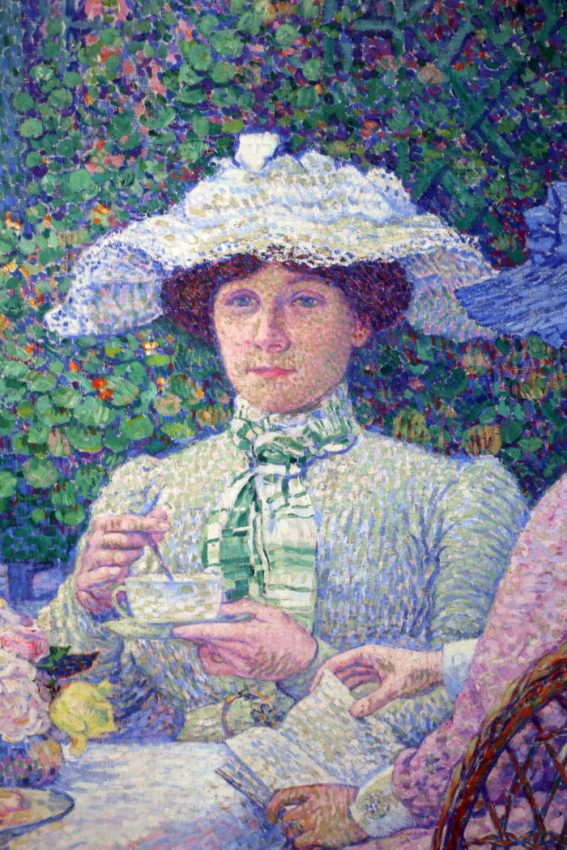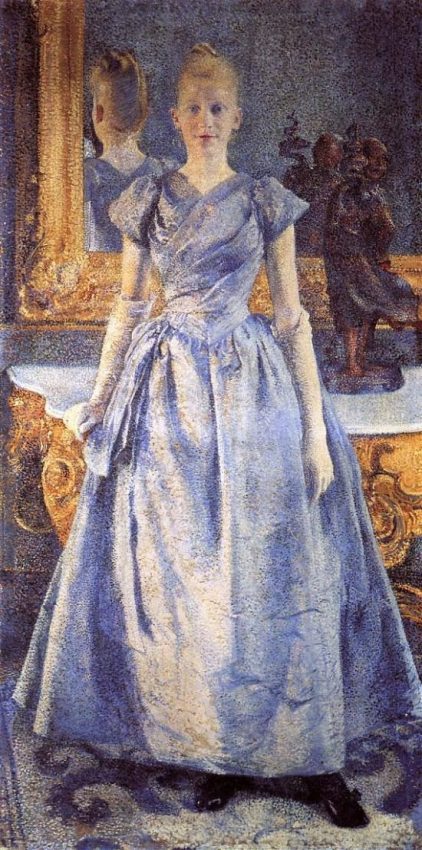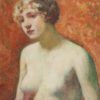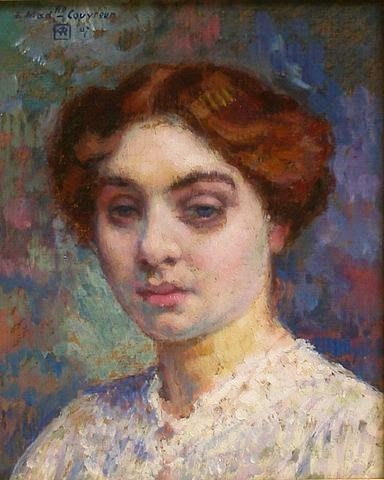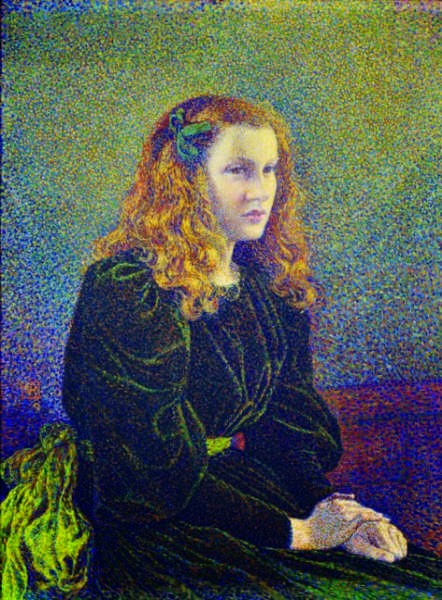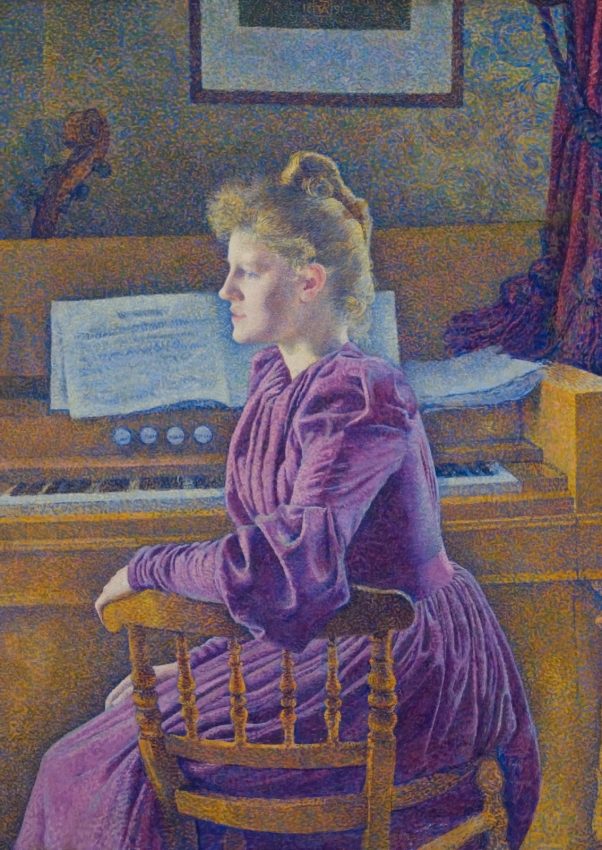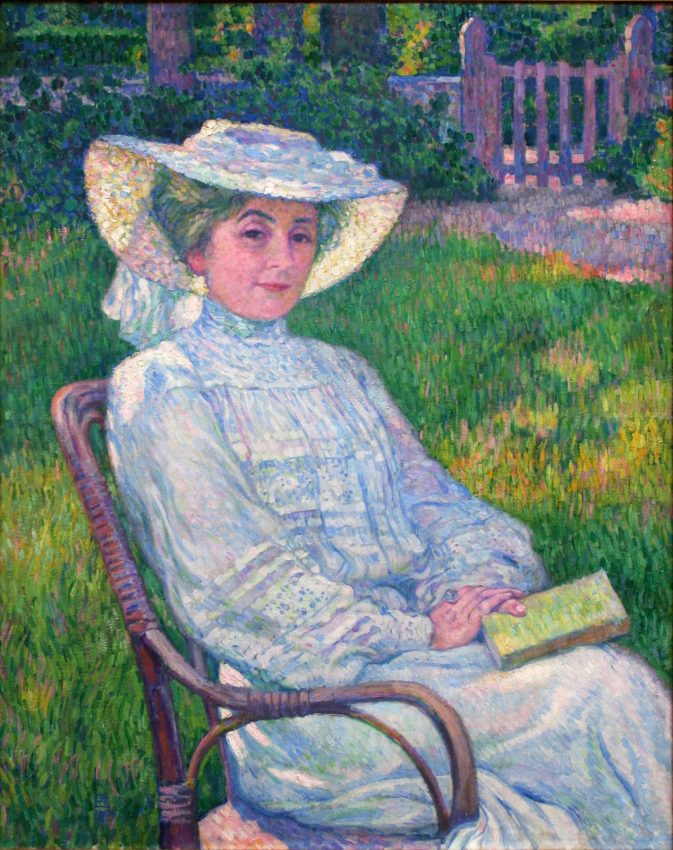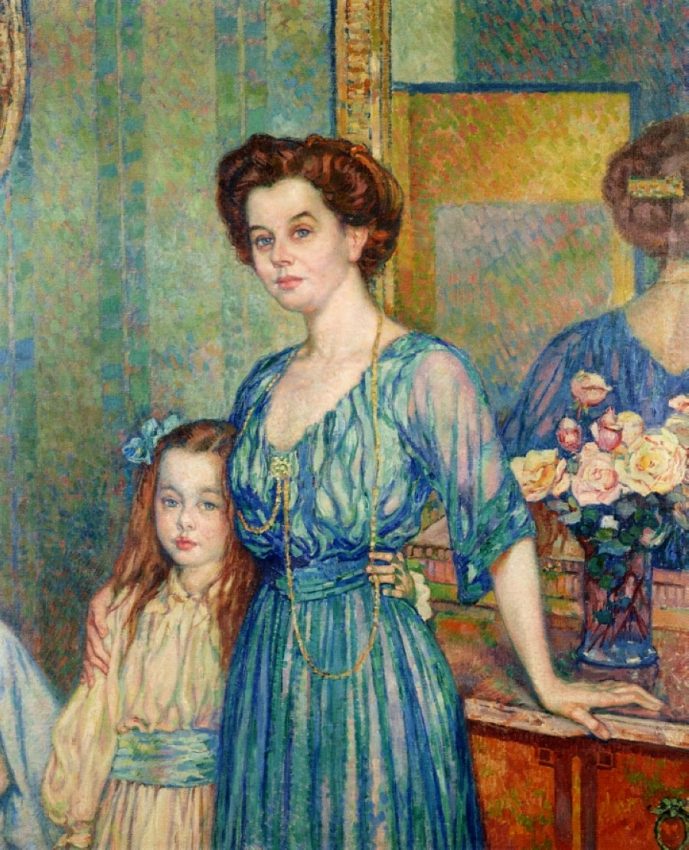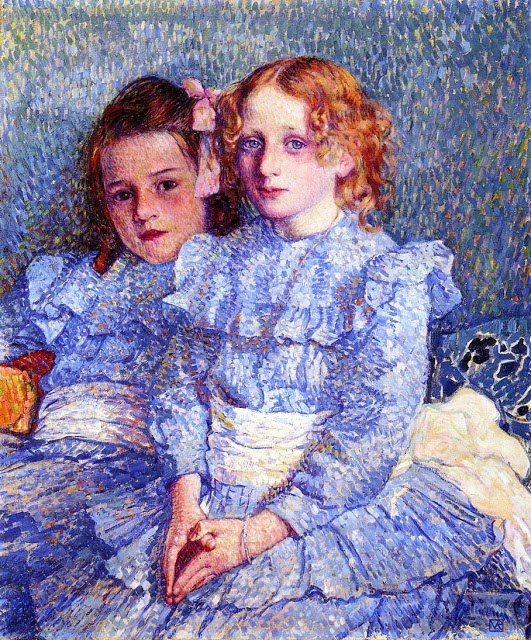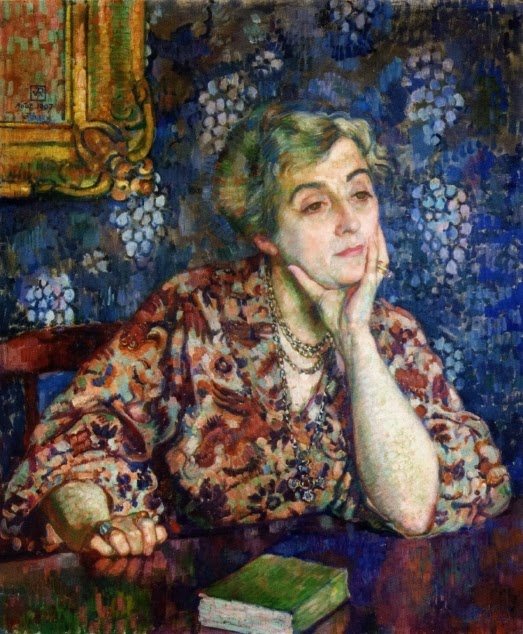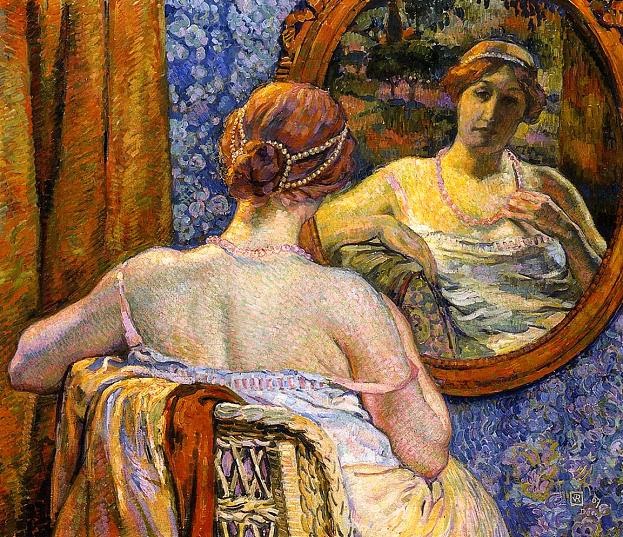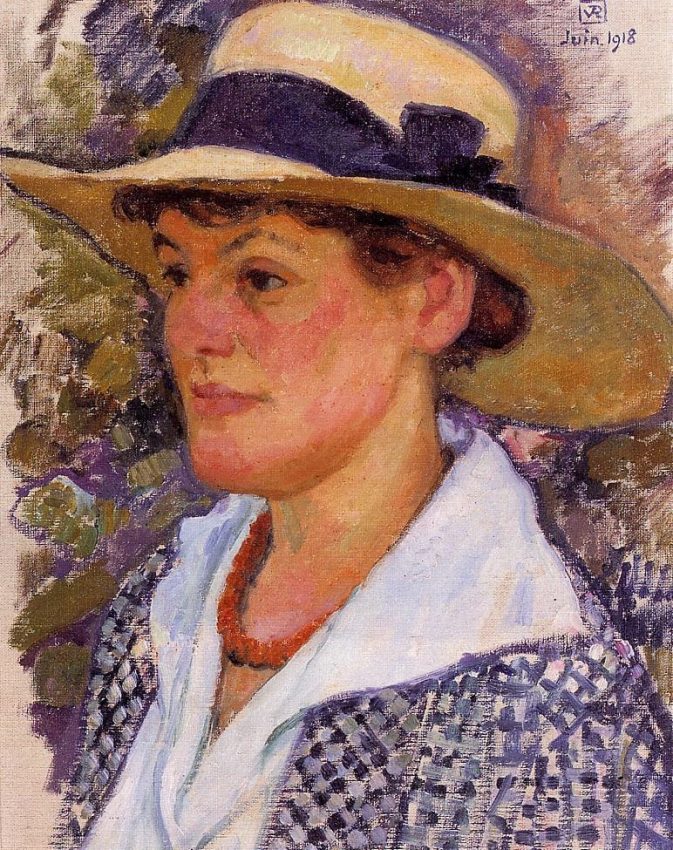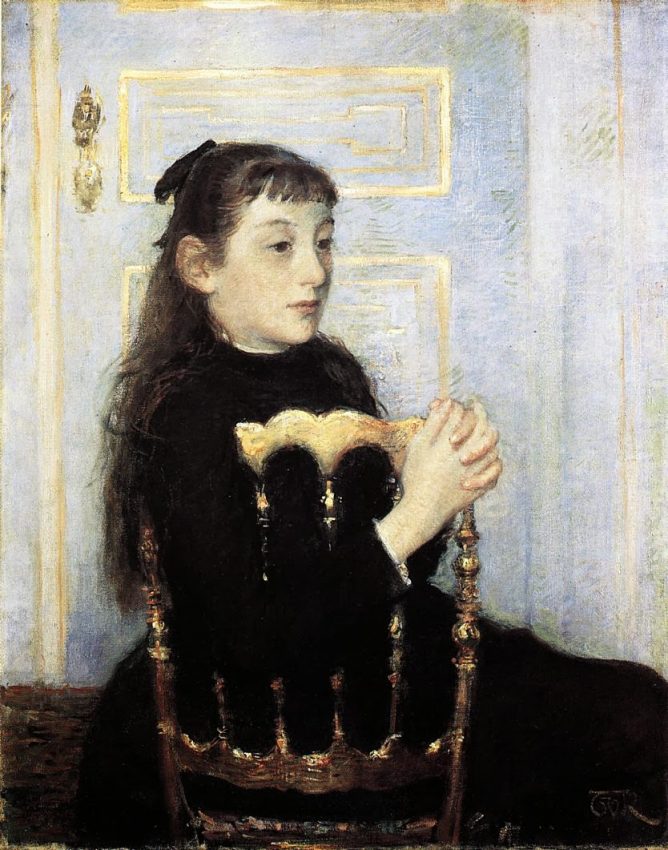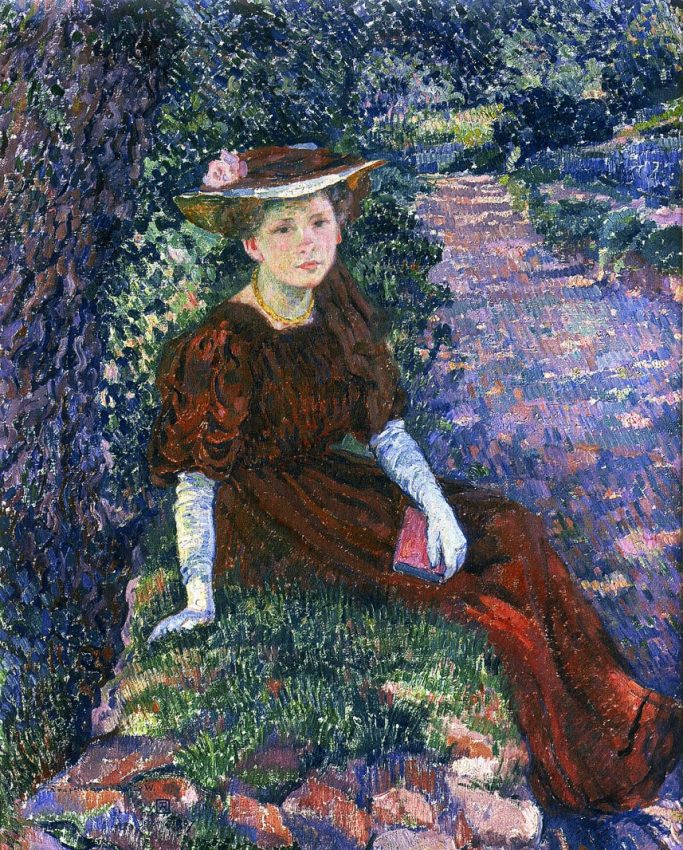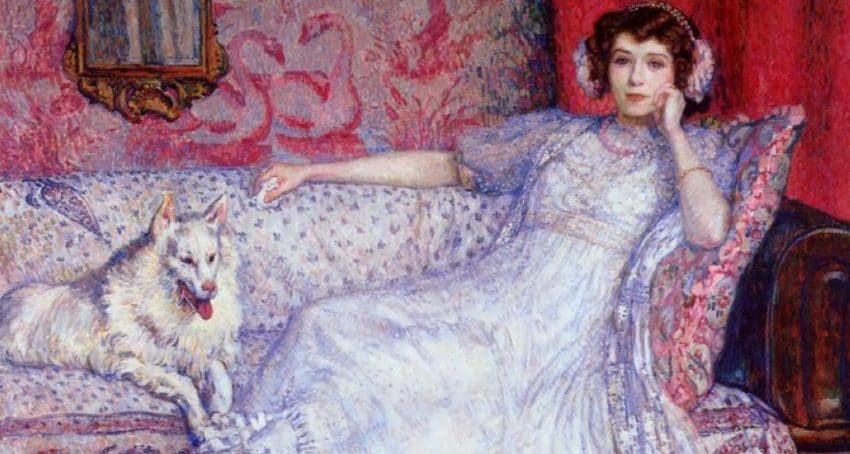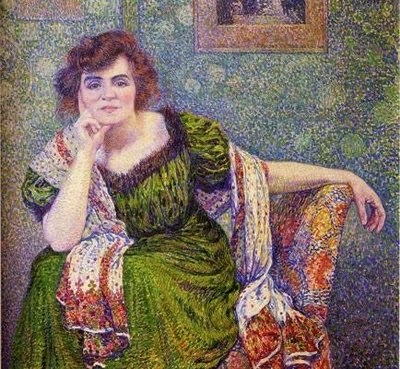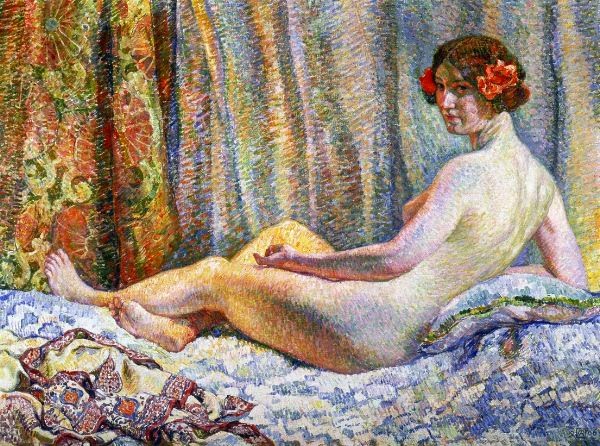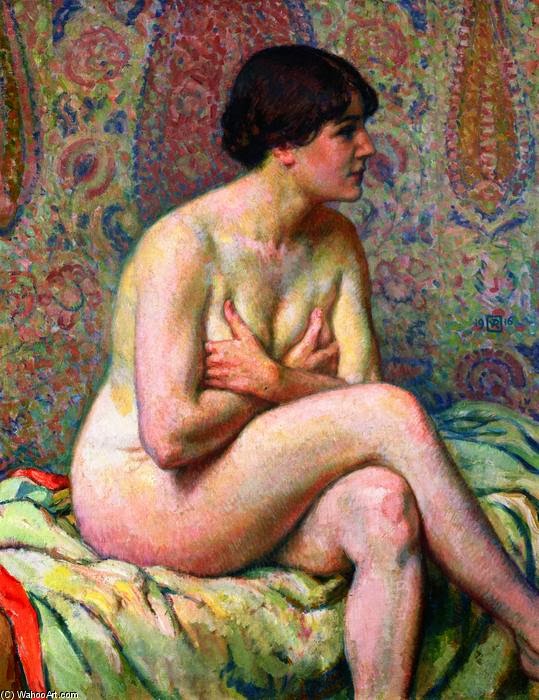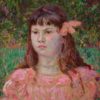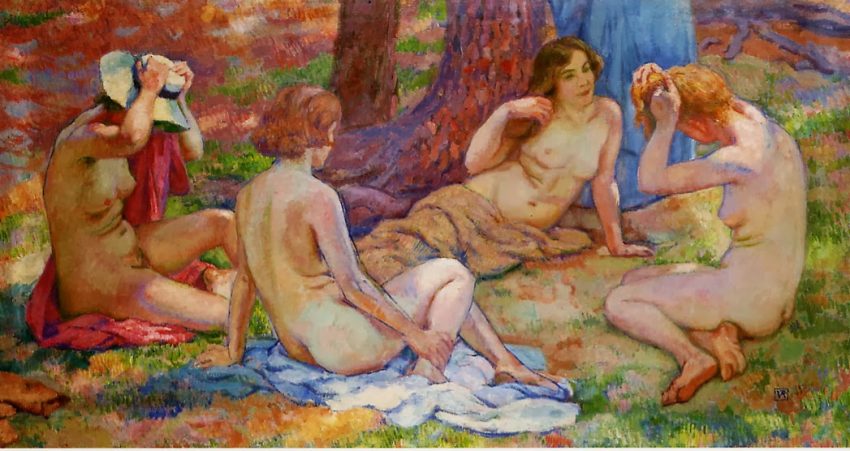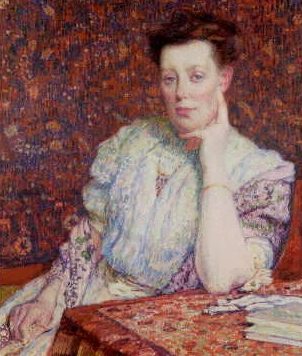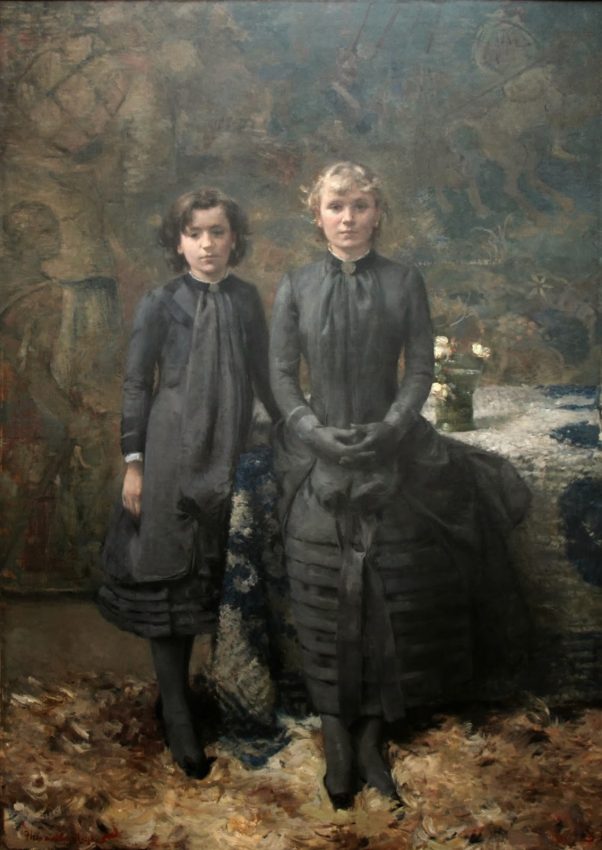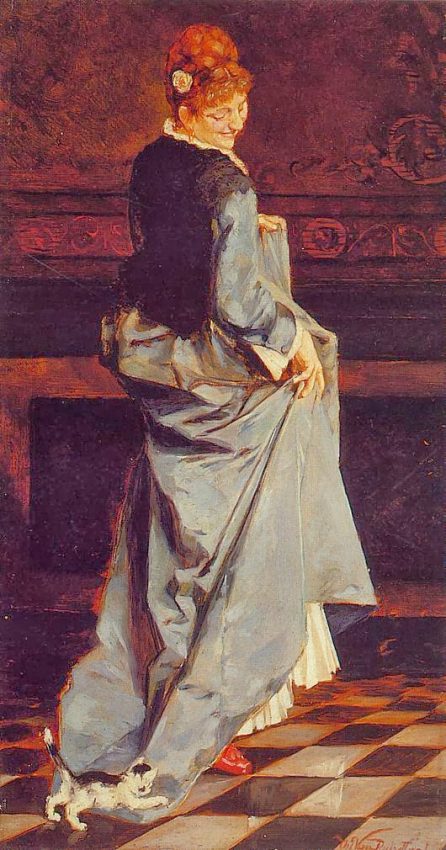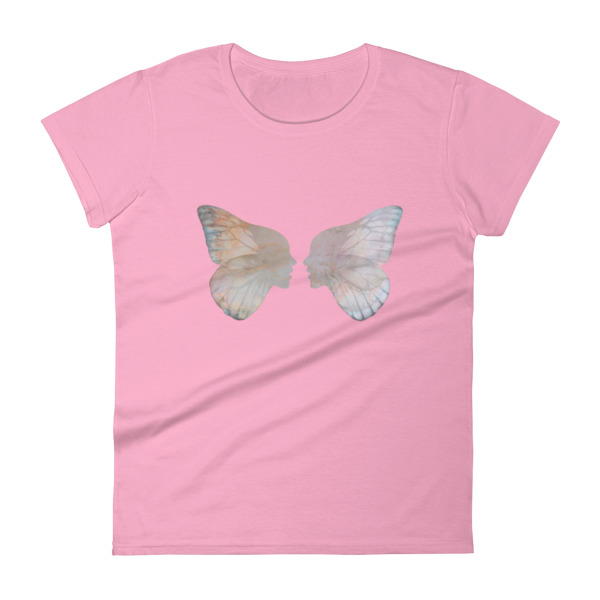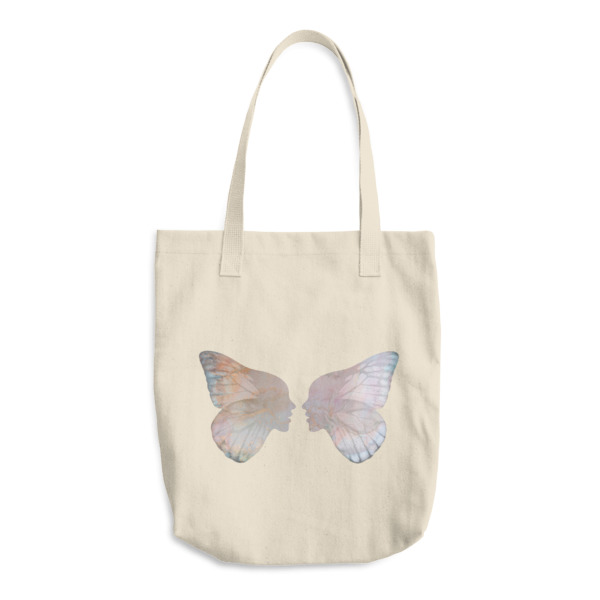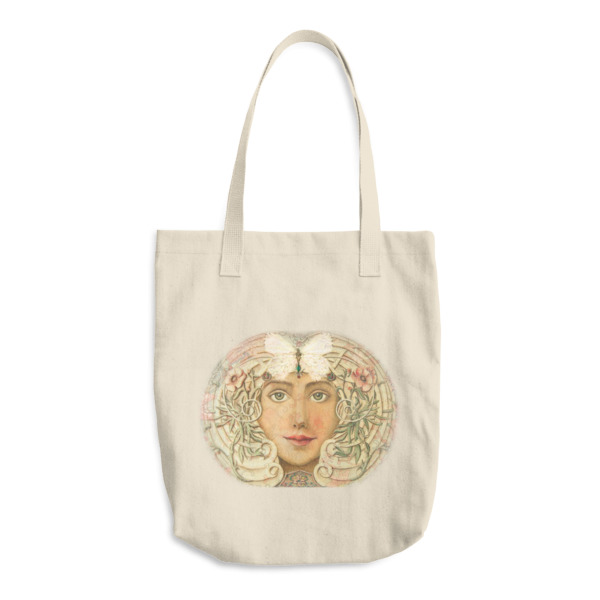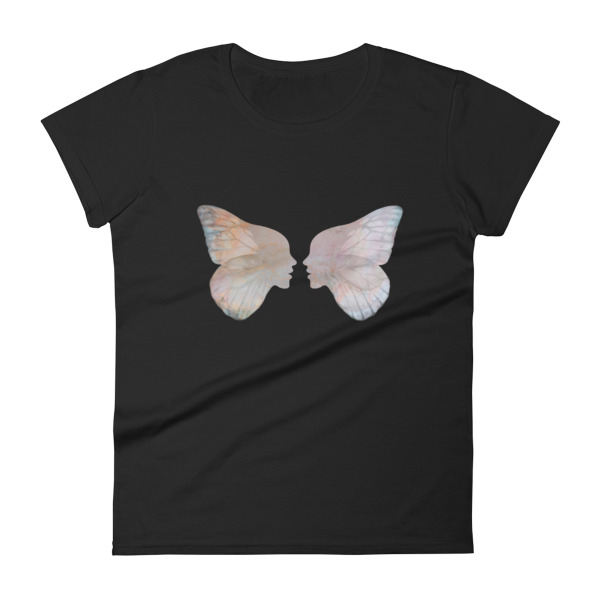Théo van Rysselberghe (1862-1926)
Théophile van Rysselberghe was a Belgian neo-impressionist painter, who played a pivotal role in the European art scene at the turn of the century. Born in Ghent, he studied first at the Academy of Ghent under Theo Canneel and from 1879 at the Académie Royale des Beaux-Arts in Brussels under the directorship of Jean-François Portaels.
The North African paintings of Portaels had started an orientalist fashion in Belgium. Their impact would strongly influence the young Théo.
Rysselberghe was one of the prominent co-founders of the Belgian artistic circle Les XX on 28 October 1883. This was a circle of young radical artists, under the patronage, as secretary, of the Brussels jurist and art lover Octave Maus (1856–1919). They rebelled against the outmoded academism of that time and the prevailing artistic standards.
Among the most notable members were James Ensor, Willy Finch, Fernand Khnopff, Félicien Rops, and later Auguste Rodin and Paul Signac. This membership brought Van Rysselberghe in contact with other radical artists, such as James Abbott McNeill Whistler.
He discovered the pointillist technique when he saw Georges Seurat’s La Grande Jatte at the eighth impressionist exhibition in Paris, in 1886.
After 1903, his pointillist technique, which he had used for so many years, became more relaxed and after 1910 he abandoned it completely. His strokes had become longer and he used more often vivid colours and more intense contrasts, or softened hues.
